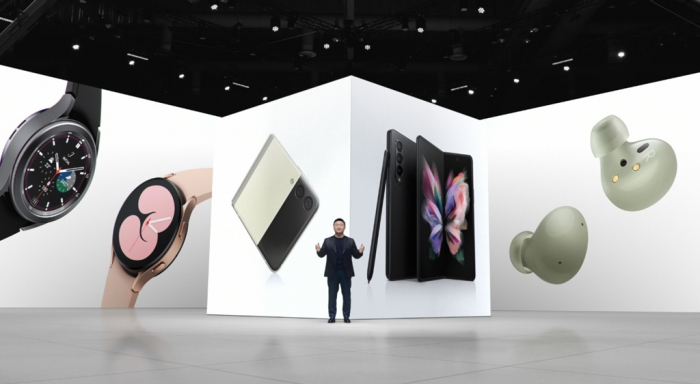When a person suffers a brain injury, there is often a mad dash by family members to find every possible way to help in the recovery process. Technology is such a big part of life these days that there are many people who see technology as the wave of the future in treating brain injury deficits, and many therapists would agree with them.
According to Quora.com, more than 500 new apps are released worldwide every day. With every new app there is a chance to live differently and learn something new. In the world of rehabilitation, new apps mean new ways for therapists to reach further into the world of technology to find different ways to help patients who have suffered brain injury.
When looking for apps that can help with brain injury recovery, it’s important to remember a few key points:
- What is the purpose of the application?
- How difficult is the app to learn?
- Is there a cost for use?
- Are there different skill levels?
It is important to think about what a patient needs when looking for a specific app to help with brain injury recovery. For example, if a patient needs to learn to read, an app with lots of instructions would not be a good fit. Finding an app with simple instructions, such as a focus on completing words or completing sentences, would be a good choice. There are many apps for adults that will also help with the process of learning to read, which can work well for people relearning those skills after a stroke or brain injury.
Apps that have complicated instructions or steps to launch the program are generally not good for someone trying to work on cognitive skills. An app with two or three short descriptions for instructions, or individual step-by-step instructions that can be viewed while using the app, may work best.
There are thousands of free apps available for different types of smartphones and tablets. With free apps, there may still be app charges that go beyond the free portion of the download. It is important to read the application details before purchase to ensure that you do not need a lot of money to play and participate.
The goal of an app when used as a therapeutic tool is to help someone improve function in a specific area. Some apps offer difficulty levels so that when an area or level is reached, there is a next step to continue learning a task or practicing a skill. This leveled learning is useful when a patient wants to learn just one or two games, instead of having to get multiple apps to find increasingly difficult tasks to complete.
With any app purchase, it’s important to try them out – a free app is always a good option and is a way to find interesting and fun ways to work on therapeutic goals without getting bored. Try different games, even if they don’t feel interesting, as you will be surprised at what you can learn and how much even simple games can improve skills that have been disrupted by a brain injury.





